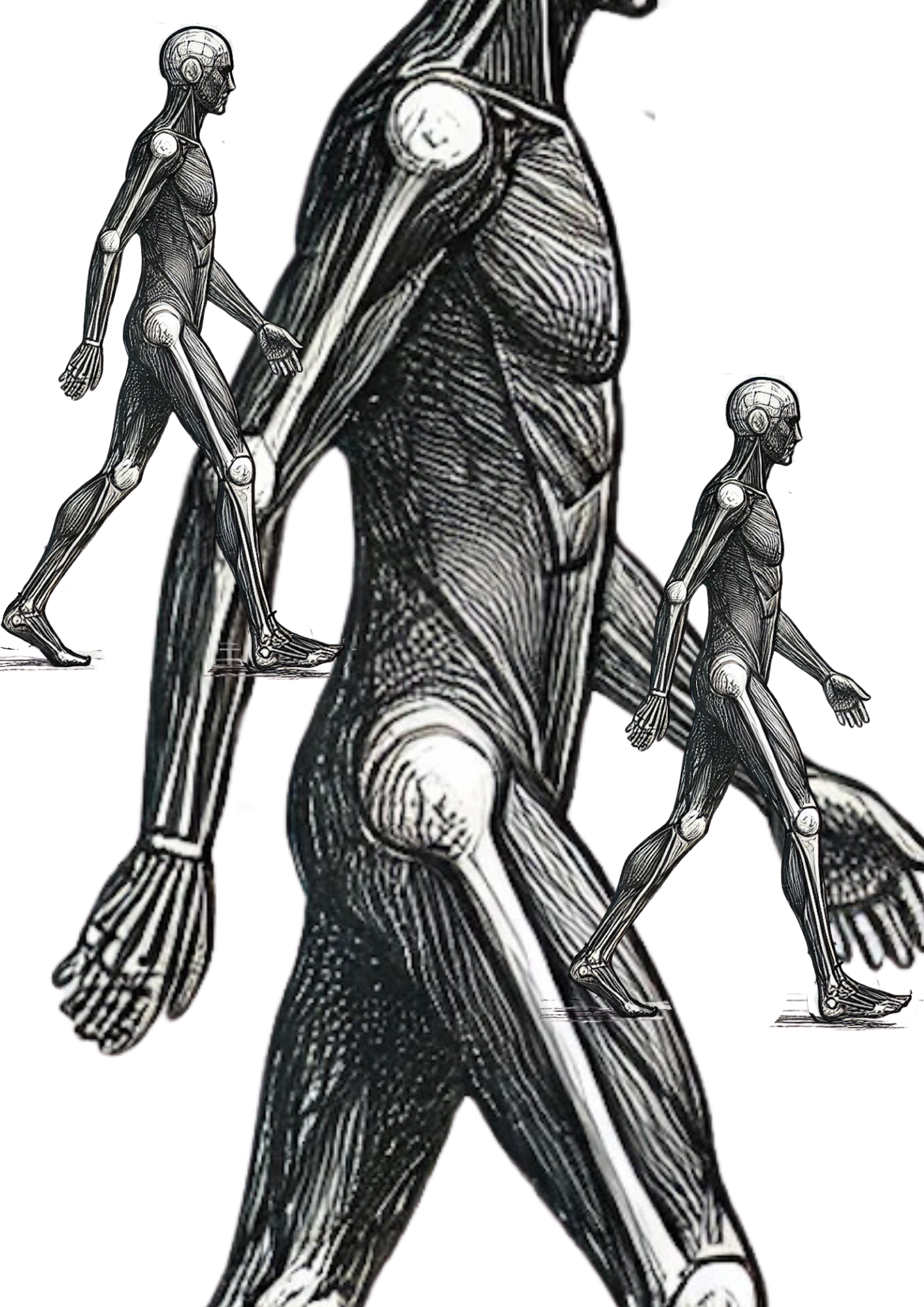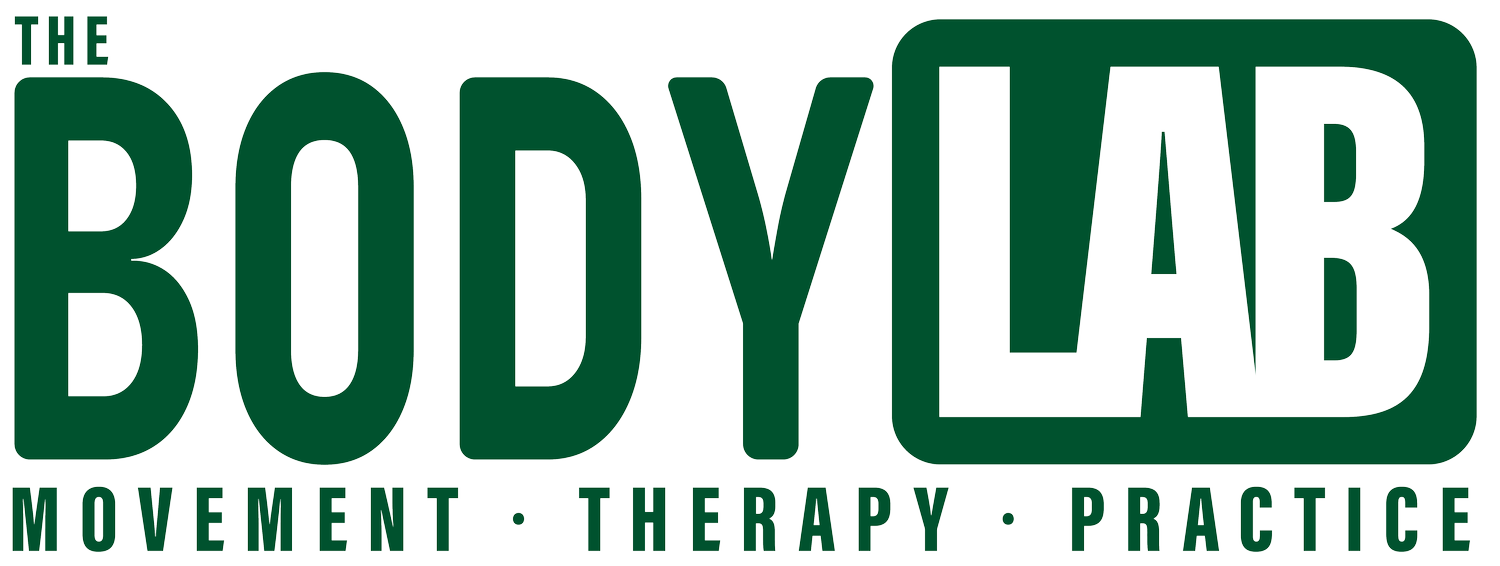
The Loading Phase of Gait and Pronation: Joint Mechanics and Clinical Implications
Loading Phase of Gait
The human gait cycle is a dynamic and complex process, involving coordinated movements across multiple joints and planes of motion. One of the most critical sub-phases in this cycle is the loading phase, which occurs shortly after heel strike and is characterized by the body’s weight being transferred onto the supporting foot. This phase, which involves pronation, plays a fundamental role in shock absorption and stability. Understanding the joint mechanics and movement patterns during this phase is vital for both diagnosing and treating lower limb pathologies, as well as for optimizing movement efficiency. This paper will explore the joint mechanics involved in the loading phase, with a specific focus on pronation in the sagittal, frontal, and transverse planes, and its clinical relevance.
Gait Cycle Overview
The gait cycle is typically divided into two main phases: the stance phase (when the foot is in contact with the ground) and the swing phase (when the foot is off the ground). The stance phase accounts for approximately 60% of the gait cycle and consists of several sub-phases: heel strike (initial contact), loading response, midstance, terminal stance, and pre-swing (toe-off). The loading phase begins immediately after heel strike, where the foot makes full contact with the ground, and the body’s weight is progressively transferred onto the foot.
The loading phase is crucial as it sets the foundation for the remaining phases of the stance phase. During this time, the foot adapts to the ground and begins to bear weight, requiring proper joint alignment and coordinated muscle activity to ensure balance and effective shock absorption.
Pronation in the Loading Phase
Pronation is a composite movement that occurs during the loading phase of gait. It involves a triplanar motion: dorsiflexion in the sagittal plane, eversion in the frontal plane, and abduction in the transverse plane (Perry & Davids, 2010). This movement allows the foot to absorb impact forces and adjust to different surfaces, providing a stable base for the body.

Joint Mechanics During Pronation
Ankle Joint
The ankle joint plays a key role in the loading phase, allowing for controlled plantar flexion during initial contact, terminal stance to toe off and dorsiflexion at .
• Sagittal Plane: In the sagittal plane, the ankle begins the loading phase dorsiflexion at heel strike, and remains dorsiflexed as the foot makes full contact with the ground (Inman, 1976). This movement is controlled by the gastrocnemius and soleus muscles, which eccentrically contract to manage the rate of dorsiflexion.
• Frontal Plane: In the frontal plane, the subtalar joint, part of the ankle complex, begins to evert, which is a key component of pronation. Eversion allows the medial side of the foot to lower, accommodating uneven surfaces and promoting shock absorption. Subtalar eversion is particularly important because it allows the foot to unlock and become more flexible during the loading phase, a mechanism crucial for distributing forces through the lower limb (Wright et al., 2011).
• Transverse Plane: In the transverse plane, the tibia internally rotates during the loading phase, which corresponds with the internal rotation of the talus due to the heel internally rotating. This movement further facilitates pronation, enabling the foot to adapt to the ground. Internal tibial rotation is an essential part of the pronation process, as it helps to align the lower limb for effective force transmission through the joints (Perry & Davids, 2010).
Rearfoot (Subtalar Joint)
The subtalar joint, located between the talus and calcaneus, is the primary site of foot pronation during the loading phase.
• Sagittal Plane: In the sagittal plane, the rearfoot begins in dorsiflexion and quickly moves into plantar flexed position as the foot flattens during loading (Inman, 1976). The rear foot’s plantar flexion is less pronounced than at the ankle but still contributes to the overall ‘pronatory’ motion.
• Frontal Plane: Rear foot eversion is a significant feature of the loading phase, as the calcaneus rolls inward (everts) in response to ground contact. This eversion helps to unlock the foot, allowing the midfoot and forefoot to adapt to the ground and distribute forces evenly. The subtalar joint plays a pivotal role in this motion, as it controls the degree of eversion and ensures smooth progression through the stance phase (Wright et al., 2011).
• Transverse Plane: As the calcaneus everts and plantar flexes creates the internal rotation, the talus simultaneously rotates internally. This talar motion facilitates medial rotation of the tibia, a key aspect of pronation that allows for the transfer of forces from the foot to the knee and hip (Inman, 1976).
Forefoot and Toes
The forefoot and toes are involved later in the loading phase, particularly as weight shifts toward the metatarsals and toes.
• Sagittal Plane: The forefoot appose the rear foot and moves into dorsiflexion from a relative plantar flexed position as the foot flattens. The toes oppose the forefoot during this phase, preparing to assist with propulsion later in the stance phase.
• Frontal Plane: The forefoot undergoes pronation, as the medial arch lowers to accommodate ground contact requiring an inversion motion. This allows for even pressure distribution across the metatarsals and prevents excessive loading on any one part of the foot (Perry & Davids, 2010).
• Transverse Plane: The forefoot experiences abduction or internal rotation as it adjusts to the ground surface. This movement is an oppositional motion to the rear foot and contributes to the overall pronation mechanism.
Knee Joint
The knee joint’s role during the loading phase is primarily to absorb shock and help transition body weight from the heel to the forefoot.
• Sagittal Plane: At heel strike, the knee is extended or straight and flexes to about 15 degrees during the loading phase. This flexion is critical for shock absorption and is controlled by the quadriceps muscles (Winter, 1991).
• Frontal Plane: In the frontal plane, I believe there should be any frontal plane motion. However, the knee may exhibit slight valgus (inward) motion as the tibia internally rotates. This motion is linked to foot pronation and is necessary for aligning the knee and hip with the foot during weight acceptance (Wright et al., 2011).
• Transverse Plane: Internal rotation of the tibia at the knee joint is closely synchronised with foot pronation. This rotational movement is essential for the efficient transmission of forces from the foot to the knee and higher up the kinetic chain.
Hip Joint
The hip joint contributes to load transfer and to the body’s balance and stability during the loading phase.
• Sagittal Plane: The hip continues to flex in the loading phase as the body’s weight shifts forward. This flexion is controlled by the gluteus maximus and other hip extensors to decelerate motion (Perry & Davids, 2010).
• Frontal Plane: The pelvis hikes or tilts slightly toward the stance leg, a movement controlled by the gluteus medius. This lateral tilt helps maintain balance and prevents excessive drop on the opposite side (Winter, 1991).
• Transverse Plane: The hip externally rotates during the loading phase due to the pelvis relative rotation, in coordination with the internal rotation of the femur and the pronation of the foot. This synchronised rotation ensures proper alignment and force transfer throughout the lower limb.

Clinical Implications of Pronation
Pronation is a normal and necessary part of the gait cycle, but excessive or insufficient pronation can lead to biomechanical inefficiencies and pathologies. Overpronation, characterised by excessive inward rolling of the foot and inability to supinate, can lead to increased strain on the medial structures of the foot, ankle, knee, and hip. This may result in conditions such as plantar fasciitis, tibial stress syndrome, and patellofemoral pain syndrome (Nigg, 1990).
Conversely, ‘underpronation’, lack of the ability to pronate or a high arch, where there is inadequate inward rolling, reduces the foot’s ability to absorb shock, increasing the risk of stress fractures, particularly in the lower leg and foot.
Conclusion
The loading phase of gait and the associated motion of pronation are crucial for effective shock absorption and force distribution during walking and running. The coordinated movements of the ankle, rearfoot, forefoot, knee, and hip ensure that the body adapts to ground contact and prepares for the subsequent phases of the gait cycle. Understanding the joint mechanics and potential dysfunctions in this phase is essential for diagnosing and treating lower limb pathologies, as well as for improving movement efficiency in both clinical and athletic populations.
References
• Inman, V. T. (1976). Human Locomotion. San Francisco: University of California Press.
• Perry, J., & Davids, J. R. (2010). Gait Analysis: Normal and Pathological Function. 2nd ed. SLACK Incorporated.
• Winter, D. A. (1991). The Biomechanics and Motor Control of Human Gait: Normal, Elderly, and Pathological. University of Waterloo Press.
• Wright, W. G., et al. (2011). Biomechanical and Clinical Aspects of Lower Extremity Mechanics.
